.cnn_html_media_utility::before{color:red;content:’>>’;font-size:9px;line-height:12px;padding-right:1px}
.cnnstrylccimg640{margin:0 27px 14px 0}
.captionText{filter:alpha(opacity=100);opacity:1}
.cnn_html_slideshow_media_caption a,.cnn_html_slideshow_media_caption a:visited,.cnn_html_slideshow_media_caption a:link,.captionText a,.captionText a:visited,.captiontext a:link{color:outline:medium none}
.cnnVerticalGalleryPhoto{margin:0 auto;padding-right:68px;width:270px}
]]>
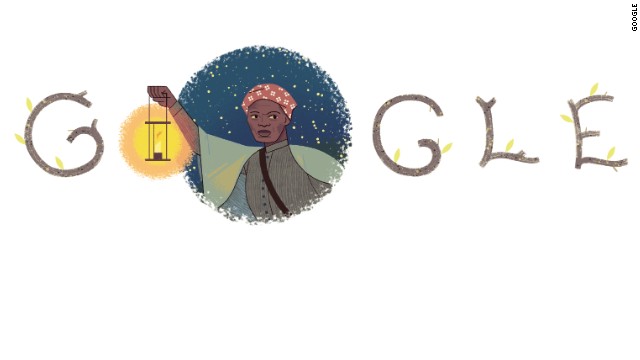 Google made a commitment in 2014 to increase the diversity in its logo designs. Through June 2 of this year, 25 of the 51 doodles featured were women, and 17 of were people of color, according to research from the activist group SPARK. That’s an increase from past years. Click through the gallery to see examples of diversity in Google Doodles over the years.
Google made a commitment in 2014 to increase the diversity in its logo designs. Through June 2 of this year, 25 of the 51 doodles featured were women, and 17 of were people of color, according to research from the activist group SPARK. That’s an increase from past years. Click through the gallery to see examples of diversity in Google Doodles over the years.
February 1, 2014: Celebrating Harriet Tubman
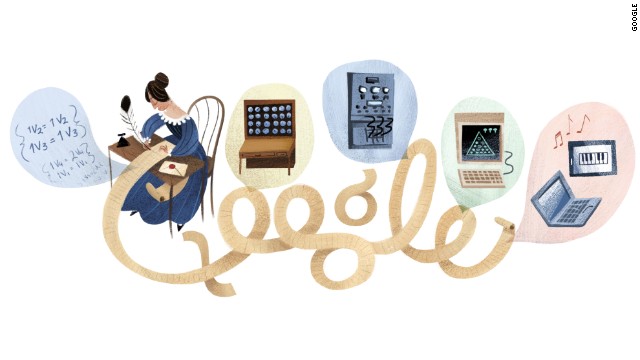 December 10, 2012: The 197th birthday of Ada Lovelace, a mathematician who is thought to be the first computer programmer.
December 10, 2012: The 197th birthday of Ada Lovelace, a mathematician who is thought to be the first computer programmer.
 April 11, 2014: Organic chemist Percy Julian’s 115th birthday
April 11, 2014: Organic chemist Percy Julian’s 115th birthday
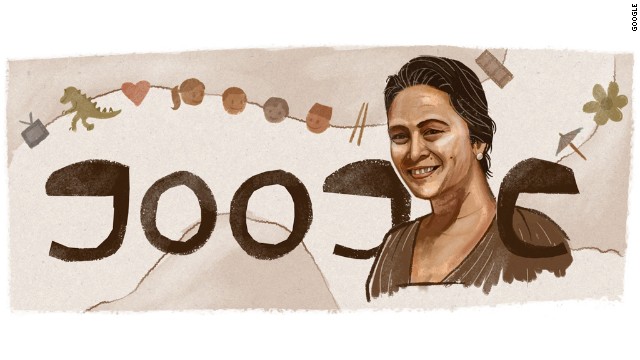 January 7, 2014: Malaysian director and writer Yasmin Ahmad’s 56th birthday
January 7, 2014: Malaysian director and writer Yasmin Ahmad’s 56th birthday
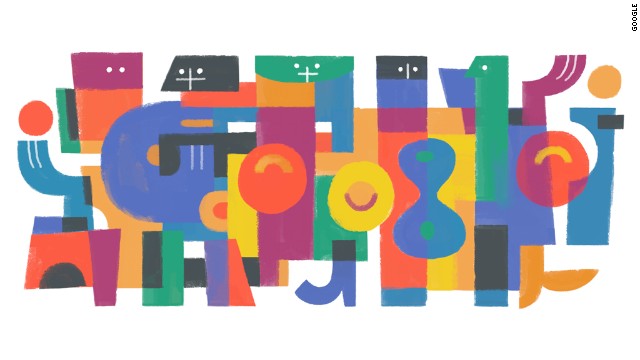 December 2, 2013: Guatemalan artist Carlos Merida’s 122nd birthday
December 2, 2013: Guatemalan artist Carlos Merida’s 122nd birthday
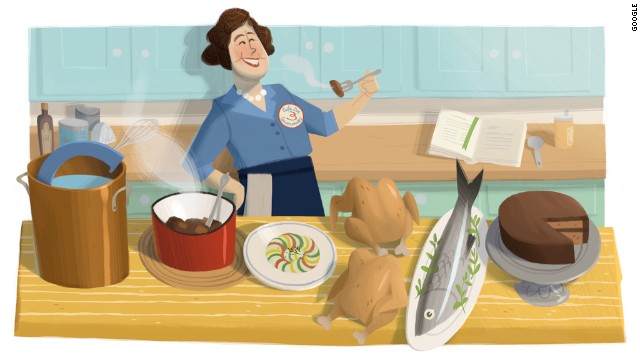 August 15, 2012: American chef Julia Child’s 100th birthday
August 15, 2012: American chef Julia Child’s 100th birthday
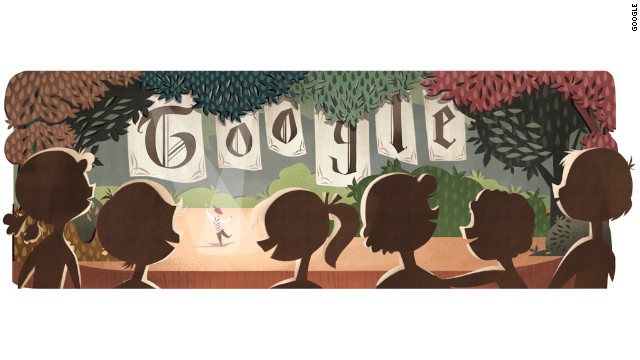 August 27, 2013: Russian music teacher Natalia Sats’ 110th birthday
August 27, 2013: Russian music teacher Natalia Sats’ 110th birthday
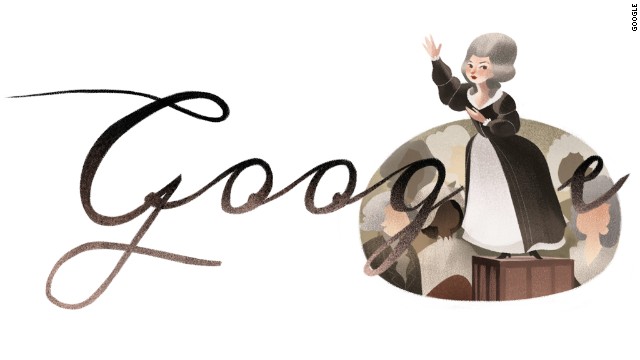 May 7, 2014: French playwright and political activist Olympe de Gouges’ 266th birthday
May 7, 2014: French playwright and political activist Olympe de Gouges’ 266th birthday
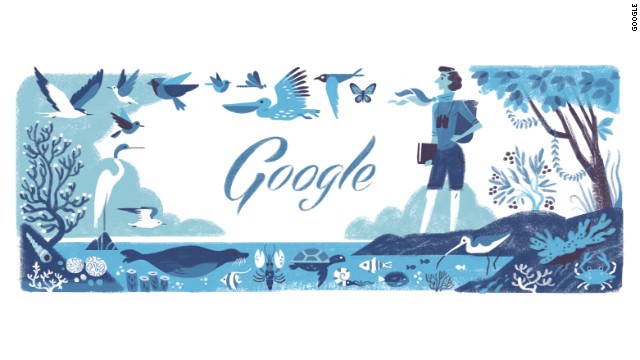 May 27, 2014: Marine biologist and conservationist Rachel Louise Carson’s 107th birthday
May 27, 2014: Marine biologist and conservationist Rachel Louise Carson’s 107th birthday
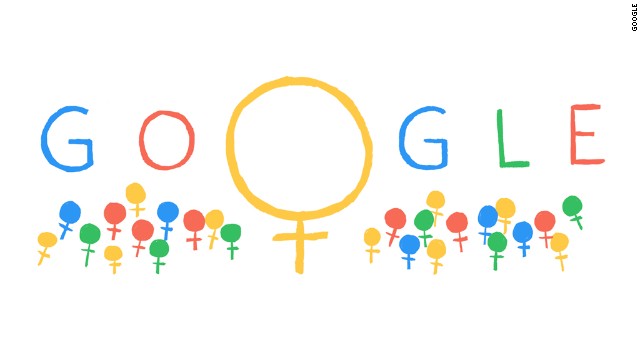 March 8: International Women’s Day
March 8: International Women’s Day

1

2

3

4

5

6

7

8

9

10
(CNN) — When Google executive Megan Smith heard about a report in March analyzing a lack of diversity in Google Doodles, her reaction was not what you might expect.
An accounting of 445 people honored in Google Doodles from 2010 to 2013 found that 62% were white men. Women accounted for about 17%, and women of color just 4%, according to the analysis by SPARK Movement, a girls advocacy group.
The report was picked up by news outlets worldwide and confirmed what advocacy groups and Doodle-watchers had known for a long time. But Smith, an 11-year veteran of the tech giant, saw the findings in a positive light.
“I was excited because we had already solved the problem,” said Smith, vice president of Google(X).
![]()
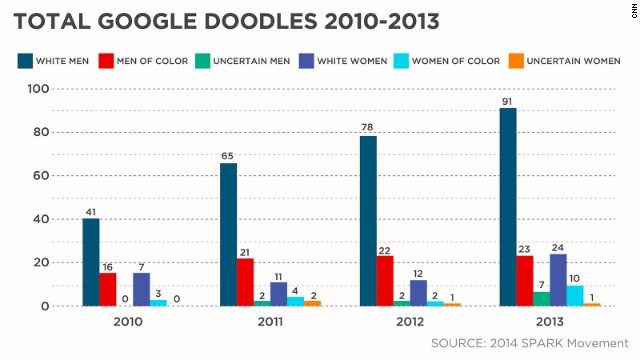 Â Google Doodle breakdown
 Google Doodle breakdown
![]()
 Google Doodle breakdown
Google Doodle breakdown
SPARK did not know it at the time, but Google’s Doodle team had been talking for years about the diversity problem in the beloved illustrations on Google homepages seen around the world. In phone calls and a Google+ hangout with SPARK members after the report’s release, Smith revealed that the Doodles team was actively working to balance gender representation in 2014.
“We’ve been trying to go against inertia and be more fair and representative of the users we serve, which is everybody,” said Ryan Germick, Google’s Doodle Team lead, which is composed of five men and five women.
Had the SPARK report included figures from 2014, it would have shown an upward trend toward gender balance.
As of June 2, women made up 49% of the 51 Doodles around the world, according to updated figures provided to CNN by SPARK member Celeste Montaño, who led the initial research. So far in 2014, white people have made up 67% of Doodles, Montaño said, and people of color 33%, or 17 people, putting them on track to outpace 2013 figures.
It’s a battle Google and the tech industry are waging on multiple fronts. Last week, Google released workplace demographics in its first public diversity report, showing that women made up 30% of all Google employees and whites made up 61%.
“We’re not where we want to be when it comes to diversity. And it is hard to address these kinds of challenges if you’re not prepared to discuss them openly, and with the facts,” Google said in a report on its website. “All of our efforts, including going public with these numbers, are designed to help us recruit and develop the world’s most talented and diverse people.”
Google is working to attract more women and nonwhites to its ranks through a number of initiatives, Smith said, without commenting directly on the report. Part of the work is increasing visibility of women and people of color in all walks of life, which is where Smith believes Google Doodles can play a role.
Shedding our ‘unconscious bias’
Part of the diversity problem in Doodles came from that “unconscious bias” that history has toward women, Smith said. Women, especially those in science, technology and mathematics, are often missing from history’s major canons, or even on the top 100 lists proliferating the Internet.
“It’s becoming conscious of the unconscious biases we have,” Smith said. “Even if you didn’t create the problem, once you become aware of it you can debug it and solve it. You can become part of the solution.”
It fell on the Doodle team to dig deeper, Germick said.
Most Doodles are conceived months in advance from a long list of suggestions from the public, within Google and from the team itself. Most are tied to events or milestones, such as someone’s birthday or the anniversary of an event or invention. Other times, they get creative, like when they could not find Harriet Tubman’s birthdate but still decided to run her illustration in February.
“We try to be fun, surprising and delightful, but we recognize we have an opportunity to help in some tiny, tiny way to shine lights on things and people worth shining a light on,” he said. “Having an inclusive stance on that is right thing to do.”
Others who keep an eye out for equitable representation in Google Doodle also began to notice an increase in females. Blogger Ann Martin, who has tracked the number of women in Google doodles since November 2011, corroborated SPARK’s findings. In fact, the number of female doodles on the Google homepage in the United States is higher than other countries, around 80%, she said.
Martin, a postdoctoral fellow in Virginia who has a doctorate in astronomy, started the blog “Speaking Up” as a graduate student. She was frustrated with the lack of representation of women in STEM fields in Google Doodles. When she started the blog, only seven women had been honored on the Google homepage in the United States, she said: Martha Graham, Lucille Ball, Mary Blair, Marie Curie, Frida Kahlo, Mary Cassatt and Beatrix Potter.
“Even though there is more work to be done, it’s certainly encouraging that the list is too long now for me to rattle off,” she said.
From the start, she acknowledged that “history has its own bias” but insisted on holding Google to a higher standard.
“As a woman in a STEM (science, technology, engineering and math) career, I have great respect for technological innovation and for the work Google does in the world. That is why it is so disappointing to me that you have not taken the opportunity to use your world stage to highlight women’s contributions to creativity and innovation,” she said in an open letter to Google in 2011.
Google’s expansive platform also came to mind when members of SPARK were brainstorming 2014 campaigns. They wanted to highlight how women and people of color are left out of the world’s public spaces, from the names of street signs and buildings to schools and public monuments.
It was an international issue, which brought to mind one of the world’s few shared spaces, Google’s homepage, SPARK Executive Director Dana Edell said.
“It’s one space that is the whole world’s global town center,” Edell said. “Everyone walks through it everyday.”
The issue struck a nerve with SPARK member Montaño.
She realized that even as a Mexican-American college student, she could name “dozens upon dozens” of rich white men in history, “but it was difficult for me to think of more than a few women or people of color,” the 20-year-old UCLA student said.
“I couldn’t believe that throughout elementary, middle, and high school, the subject never came up,” she said. “I’ve grown more and more irritated that I spent years learning about all the amazing stuff that white men have done, without ever hearing about people like me.
“And, when you only hear about other people’s greatness, how are you supposed to believe that you can do the same?”
The role of media
That very question has been at the heart of Google’s efforts to increase diversity in the doodles, said Smith, the Google engineer. She hopes to change that through Doodles and other initiatives she has been spearheading in recent years.
It matters because the coming years will bring more high-paying jobs in STEM fields and not enough qualified applicants to fill them if we maintain the status quo, she said.
“We have tremendous problems in the world, and we need anybody who has great ideas to work on solving them,” she said.
Her passion for the topic was sparked by research from the Geena Davis Institute on Gender in Media, which researches gender portrayals of women in media. Smith was struck by statistics showing that even though women comprised 47% of the U.S. labor force in 2011, they only held 20.3% of the total onscreen occupations in family films and 34.4% of all jobs in prime-time programs.
A similar imbalance prevailed in depictions of people in STEM careers in family films and prime-time shows, according to the 2012 report, “Gender Roles and Occupations: A Look at Character Attributes and Job-Related Aspirations in Film and Television.”
Male and female TV characters were most likely to hold jobs in the life/physical sciences than in other STEM careers, even though computer science and mathematics comprise the largest percentage of the U.S. STEM workforce, the report says.
Males were almost four times as likely as females to be shown on screen in this line of work in family films and 2.6 times as likely in prime time. The ratio of males to females computer science and engineering jobs is 14.25 to 1 in family films and 5.4 to 1 in prime time.
In reality, however, the scales are slightly more balanced, even among Google’s ranks. Google’s own reporting shows that 30% of all employees are women, making up 17% of Google’s engineers and 21% of the company’s leadership.
“By having this imbalance or misrepresentation of who does this heroic technical work, it discourages people from joining who really might have critical answers for solving the major problems of our time,” Smith said.
As Smith dug deeper, she found the contributions of women being downplayed throughout her field, from the six young women who programmed the ENIAC, the first all-electronic, programmable computer for the U.S. Army, to Katherine Johnson, a mathematics professor who calculated trajectories for astronauts Alan Shepard and John Glenn on the Apollo Mission.
To help increase the visibility of women and minorities, Google makes sure to include them whenever the company has a public platform, presentation or meet-up, Smith said.
She also started the group “Women Techmakers” to bring visibility and resources to technical women in those platforms. Google also awarded a $1.2 million Google Global Impact grant to the The Geena Davis Institute on Gender in Media to further its research on gender depiction in entertainment programming for children, with a focus on STEM careers.
Reaching out to Hollywood is key to increasing diversity to change the prevailing nerd and boys club stereotypes that permeate pop culture. Smith does this by participating in panels and workshops hosted by The Geena Davis Institute and others to share her experienced as a woman in STEM.
“It’s a huge priority for [Google] because we see from all these studies how that best products come from most diverse teams,” she said.
Others outside of Google recognize the role Doodles can play, too. They take heart in Google’s efforts so far and hope the company keeps it up.
“From my perspective, equitable gender representation is a worthwhile effort. There’s nothing to lose, and a lot to gain,” Martin said.
“This isn’t really about the absolute level of difficulty. What is required is a dedicated and conscious effort to seek out and include diverse creators and innovators. The biases of history and our society are working against you, and counteracting that requires thoughtful dedication.”
Who would you like to see honored in a Google Doodle? Share your suggestions in the comments or on CNN Living’s Facebook page or Twitter.
Article source: http://www.cnn.com/2014/06/04/living/google-doodles-diversity/
